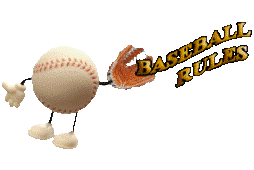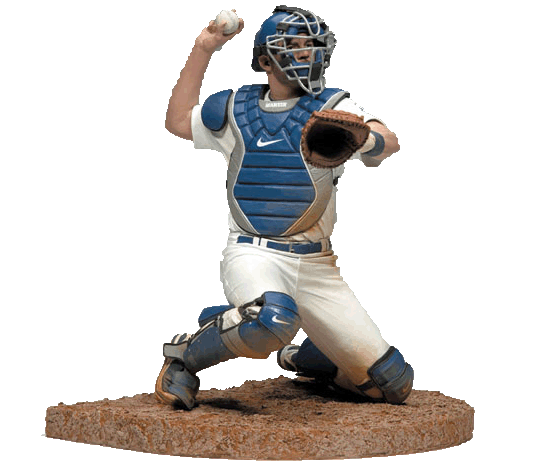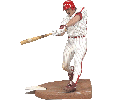
Baseball is a game between two teams of nine players each, under direction of a manager. It's played on an enclosed field in accordance with these rules, under jurisdiction of one or more umpires.
Random photos







Baseball is a game between two teams of nine players each, under direction of a manager. It's played on an enclosed field in accordance with these rules, under jurisdiction of one or more umpires.





|
The object of the game: The objective of each team is to win by scoring more runs than the opponent. The winner be that team which make more score, the greater number of runs at the conclusion of a regulation game.
The playing field:
Equipment: Playing equipment including but not limited to the bases, pitcher’s plate, baseball, bats, uniforms, catcher’s mitts, first baseman’s gloves, infielders and outfielders gloves and protective helmets.
|
 |
| Before the game begins the umpire:
|
 |
|
|
 |
|
|
 |
|
|
 |
 |
|
The relationship between pitcher and catcher is so important. Pitchers and catchers must coordinate each pitch. They communicate with a system of hand signals. Each one picher use different pitches to prevent the batter from hitting the ball well. The most usable is "fastball" - the pitcher throws the ball as hard as he can. Other usable types of pitching are curveball, slider, changeup, forkball, split-fingered fastball, and knuckleball.
|
 |
 |
The umpire is the person charged with officiating the game. He determines the beginning and ending the game, enforcing the rules of the game and the grounds, making judgment calls on plays, and handling the disciplinary actions. In the game has two or more umpires: |
|
OFFICIAL SCORER - The scorer's primary role is to take the official record of action on the field - runs, hits, walks, errors. The scorer shall have sole authority to make all decisions involving judgment.
OFFICIAL SCORE REPORT - A box score is a summary of the official scorer's game record. This record is used to compile statistics for each player and team. The information in the score report includes the date, location of the game, the names of the teams, the names of the umpires who officiated the game, the final score, and the data.
|
 |